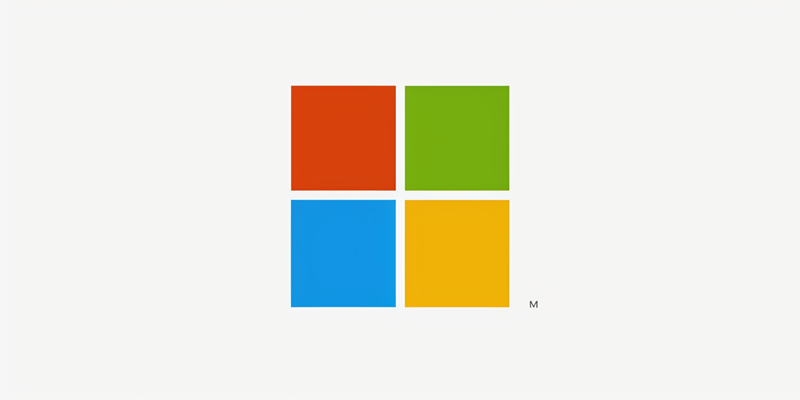The digital security landscape underwent a significant shift in June 2024 as Microsoft tackled a suite of notable cybersecurity vulnerabilities. In a vital move on their routine Patch Tuesday, the tech giant released patches targeting 51 flaws, with an emphasis on averting potential cyberattacks that could compromise systems worldwide. This proactive step showcases Microsoft’s commitment to cybersecurity and its relentless effort to thwart malicious activities that could pose a threat to users and enterprises.
A Critical Vulnerability Addressed
The Perils of CVE-2024-30080
Within the array of vulnerabilities patched, a critical issue loomed large, presenting a chilling scenario for cybersecurity professionals and users alike. Designated as CVE-2024-30080, this critical remote code execution (RCE) vulnerability was found within the Microsoft Message Queuing (MSMQ) service. Sporting a 9.8 CVSS score, this flaw stood out for its severity. If exploited, the vulnerability could allow attackers to execute arbitrary code remotely on a target MSMQ server by merely sending specially crafted packets, laying the groundwork for potential widespread system disruptions and theft of sensitive information.
Swift Action to Curb the Threat
Microsoft’s adept response to the MSMQ vulnerability reflects the intense scrutiny with which the tech giant approaches its security protocols. By issuing a timely patch for this critical flaw, Microsoft managed to ward off any immediate threat, reassuring users and organizations of their commitment to security. Although there were no reported exploits of the CVE-2024-30080 flaw at the time of patching, this preemptive action stands as a testament to Microsoft’s strategy of facing cybersecurity head-on, ensuring their platforms remain formidable against the onslaught of potential digital perils.
Other Notable Fixes
Plugging the Gaps in Outlook and Wi-Fi Driver
Microsoft’s June 2024 update bundle also shone the spotlight on several important-rated vulnerabilities which included RCE issues in notable components such as Microsoft Outlook and the Windows Wi-Fi Driver. Among these, CVE-2024-30103 emerged as a particularly troubling vulnerability in Outlook since it allowed for code execution without any user interaction – a worrying prospect as it could enable attackers to silently gain initial access and control over systems. The discovery of such a vulnerability by Morphisec underscored the importance of community involvement in identifying and addressing cyber threats.
Tightening Windows Security
Additional patches remedied several privilege escalation issues found in various Windows subsystems, further reinforcing the robustness of the operating system against unauthorized access. It’s this holistic approach to security—mending vulnerabilities across different system components—that sets Microsoft apart as a frontrunner in the seemingly endless fight against cybercrime. This comprehensive strategy is indicative of their understanding that security must be multi-faceted, addressing not just explosive headline-grabbing vulnerabilities but also the subtler yet equally perilous flaws that lie in the shadows.
The Wider Cybersecurity Ecosystem
Solidarity Among Tech Giants
While Microsoft led the charge in June’s Patch Tuesday, other technology behemoths like Adobe, Cisco, and Google followed suit, issuing updates for multiple vulnerabilities across their array of software and hardware solutions. This collective movement in the tech industry underscores the universal battle against digital threats that require a unified front. It is through these collaborative efforts that the industry can form a more resilient barrier against the cunning and ever-evolving threat actors.
Continuous Vigilance is Key
In a significant development in June 2024 within the realm of digital security, Microsoft addressed a series of critical cybersecurity issues. During their scheduled Patch Tuesday, the tech behemoth issued updates for 51 security vulnerabilities. The focus was on circumventing cyber threats capable of breaching systems on a global scale. This strategic maneuver is part of Microsoft’s dedicated efforts to maintain robust cybersecurity and diligently combat the dangers of malevolent online activities that imperil the integrity of individual users as well as businesses. By consistently releasing these patches, Microsoft reinforces its stance as a vigilant watchdog in the technological community, actively working to stem the tide of cyberattacks and upholding a safe cyberspace environment for all. This dedication to preemptive digital defense reflects a deep-seated commitment to proactive protection rather than reactive response, fortifying users against the evolving threats existing in the cyber landscape.

